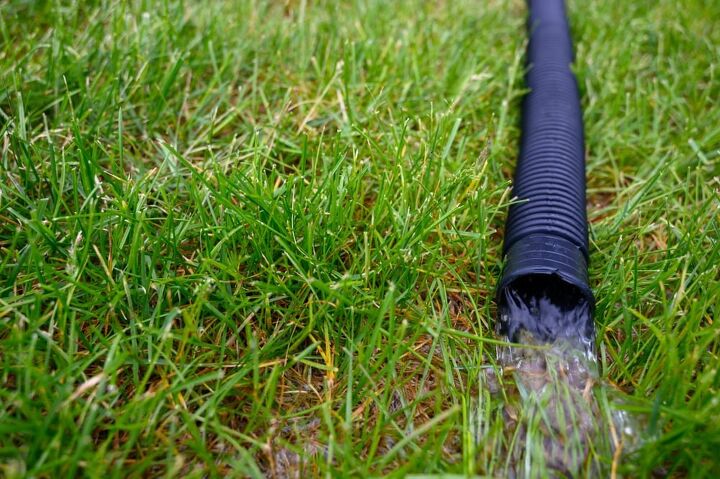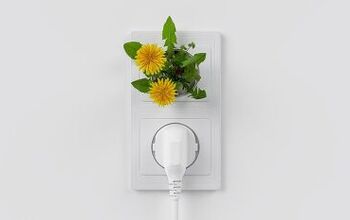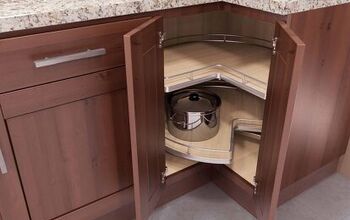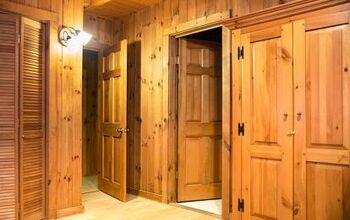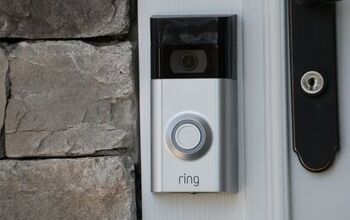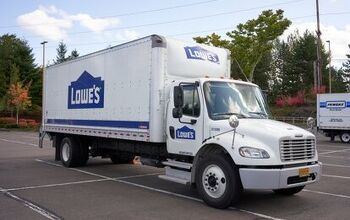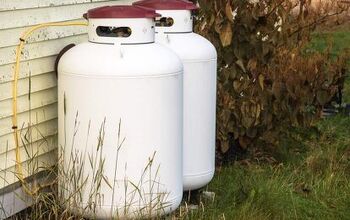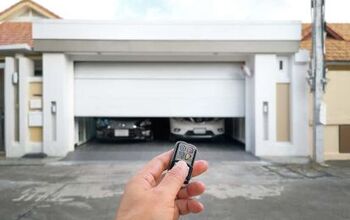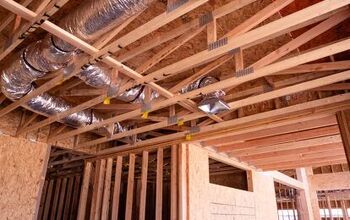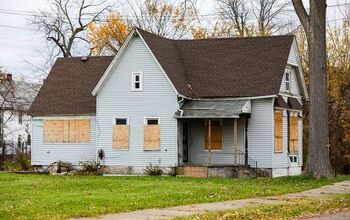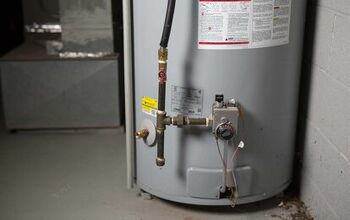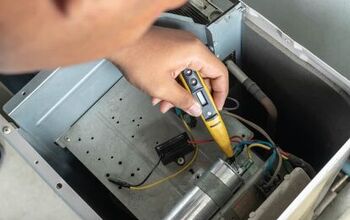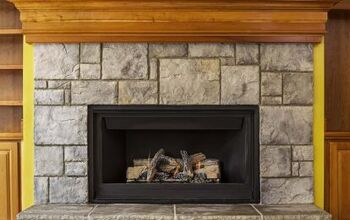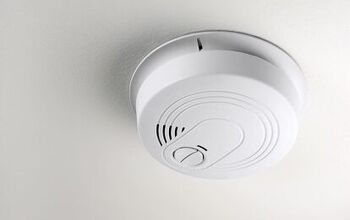How To Route Sump Pump Discharge (Quickly & Easily!)

Sump pumps are not exactly the type of thing most people like to talk about. They’re just…there. Sump pumps are meant to divert moisture and water from basements away from a house. That’s great, especially the part where they pump all the moisture away. However, figuring out how to divert the sump pump discharge can be a difficult issue. How do you do this?
To start re-routing or routing your sump pump discharge, find the sump pump line in your basement. Attach the discharge line to a pipe that goes at an angle that faces away from your home. From there, you can add additional piping to move the sump pump discharge further from your home.
If you just got a sump pump in your house, then you’re probably wondering whether routing your discharge is something you will need to do. This guide will give you a good idea of what you need to be aware of.
Do You Need to Hire Sump Pump Installers?
Get free, zero-commitment quotes from pro contractors near you.

Do You Need To Route Your Sump Pump Discharge?
Here’s the thing: most of the time, sump pumps come preinstalled with a small drainage system. If you had a professional installer, there’s a good chance you don’t need to route your sump pump away from the home. Professional installers usually do this as a part of their installation process.
Unfortunately, there are still some moments where you may need to route your sump pump’s discharge pipe away from the house. Some of the bigger signs include:
- Water keeps seeping into your home from the outside edges. This often suggests that you need a new sump pump, or that you have water running back to your home as a result of a poorly diverted sump pump.
- You see a trail of mud from your sump pump outlet to your home. This is a clear sign that you may need a different route for your water. If you’re seeing leaks, it’s a bad sign.
- A plumber suggested it. When in doubt, call a plumber to check out your sump pump. They’ll tell you whether it’s a replacement issue or a matter of routing.
How To Route Your Sump Pump
To get the most of your sump pump routing, you will need to make sure that you get the right directions. We took a look at how it’s done to give you as much information as we can.
Planning Your Sump Pump Route
Before you start working on a sump pump routing maneuver, you are going to have to figure out where the discharge is going to go. The obvious answer is away from the home and away from the area that water tends to pool. However, there are more things that you need to know than just this. These tips below can help you make a good path:
- Don’t go uphill if at all possible. Sump pumps can’t keep sending water uphill continuously. The best setups use gravity to your advantage to get a nice, even flow of water.
- Keep the water away from your home, and from the homes of others. Your neighbors will hate you if you drain your sump pump on their lawn. Besides, it might get you in a lawsuit or written up by the HOA.
- There is no limit to how much piping you can use as long as the piping is downhill. This is not true of uphill, where a maximum of 10 feet is suggested.
- Call 811 to find out if you have any gas lines that you need to avoid digging near. Yes, you need to bury your sump pump. It’s the only way that you can prevent the pipe from freezing during inclement weather. We suggest giving your route at least three to four inches to ensure that biting cold temperatures don’t cause pump failure.
- If you have a drainage ditch in your yard or anywhere similar, consider routing the sump pump drain to that. It’s simple, but it makes sense.
- Check your HOA guidelines, if you have an HOA. Guidelines can impact where your sump drainage can go, as well as whether or not you can do it yourself.
Locate Your Sump Pump Discharger
Start by finding the sump pump inside your home. You will see a pipe on the same part of the house, leading upwards. The pipe’s opening will be very close to your lawn’s level, if not slightly below. This is your discharger.
Routing Your Sump Pump
We are going to assume that you have a discharger pipe already poking out on the exterior of your home. If it’s not, get the sump pump discharger professionally routed because it will involve drilling into your home. Now that you know where your pump is, gather up your supplies and follow these steps below:
- Glue a male pipe adapter to the pipe, then place the male pipe adapter into the female pipe adapter from the discharger. You should have a large bit of pipe sticking upwards. Most pipes will work with 1 1/4 or 1/2 inch diameters.
- Use a 1/4 inch bit to drill a hole six inches above the pipe. This is your “weep hole,” and will help prevent bursts. If your discharger is already outside or a weep hole was already installed, you may skip this step.
- Use a hacksaw to cut into the pipe above the weep hole, and install a check valve. To make sure things are ship-shape, use a screwdriver to twist the rubber bearing onto the pipe a little tighter. If your discharger already has a check valve, you can skip this step and cut the pipe so you can add a 90-degree angle to it. Some folks use a flexible PVC pipe for this twist, but it’s up to you.
- Use a shovel to dig a trench for the sump pump discharge pipe’s route. You want it to be deep enough to make it easy to cover the pipe seamlessly and also provide some warmth in winter. I know I mentioned this before, but please call 811 to make sure you don’t dig on any gas lines. A burst gas line is expensive and dangerous.
- Attach additional PVC pipes and fittings to the discharger to route and “steer” the water flow away from your home. Use PVC cement to glue them together, and start with a joint that has a 90-degree bend so that you can keep the discharge close to the ground. Use the hacksaw to cut any piping that you no longer want as part of the system.
- Once the sump pump pipe is laid out, cover the pipe trenches with dirt. You also might consider getting sod to lay, if you’re dealing with a tough lawn issue.
Should You Call A Professional?
Here’s the funny thing about routing a sump pump drain: as long as the sump pump already has a drain on the outside that goes through your home, you’re probably good to do this on your own. The reason why many people choose to hire a professional is pretty obvious: it’s a lot of work for a single person to do. It’s up to you to decide if this is a good route for you.
While most people can do this on their own without too much of a problem, it’s worth noting that you might be legally prevented from doing it. HOAs and municipal ordinances may require you to hire a licensed and bonded professional to get your sump drain routed. This is primarily due to concern for local waterways. So give them a call before you start digging.
How Much Does Professional Sump Drain Routing Cost?
This depends. For the sake of the article, we’re assuming you already have a sump pump installed. Rerouting the sump pump drainage pipe will cost between $280 to $700, depending on the length of pipe that you’re cutting as well as how much labor will be required.
Do You Need to Hire Sump Pump Installers?
Get free, zero-commitment quotes from pro contractors near you.

Related Questions
How do you prevent your sump pump drainage from freezing?
There are two main ways that you can prevent your sump drain from freezing over and getting blockages. The first way to prevent your pipe from freezing is to bury it underground, thereby reducing exposure to cold air. That alone, though, is not enough.To get the best results possible, you also should consider getting a wider pipe for your drainage. Smaller pipes are more likely to freeze solid since it takes less time for the ice to fully freeze through. People in Northern areas should look into getting 1 1/2 inch PVC pipes at the very least.
Do all homes have sump pumps?
Not really. Sump pumps are meant to help homes that are prone to flooding from excess rainwater, being built in a swamp, have a basement, or being built in a floodplain. If you have a sump pump, it’s a way to give your home a break from all the water around it.Since not all homes are prone to flooding, most homes do not need a sump pump. Since it’s not a necessity in most areas, this is a utility that is almost entirely relegated to flood zones.
Related Guides

Ossiana Tepfenhart is an expert writer, focusing on interior design and general home tips. Writing is her life, and it's what she does best. Her interests include art and real estate investments.
More by Ossiana Tepfenhart



